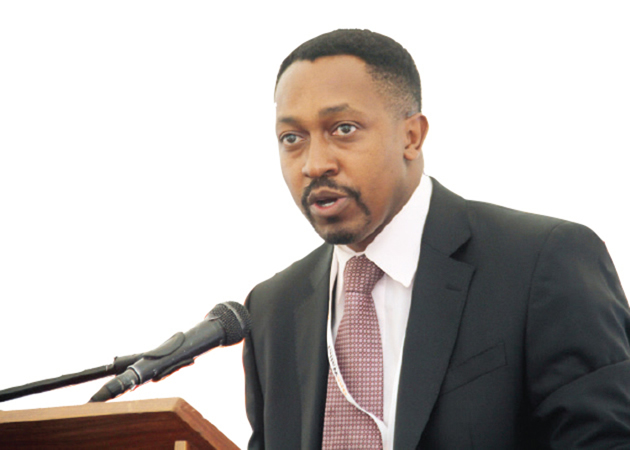World Peace Day: 6 conflicts we can’t afford to ignore
Taruni Kumar : Correspondent
Yesterday, September 21, was International Day of Peace and while the World Wars may be over, the world is still at war. So, on this year’s International Day of Peace, here’s a reminder of the people who need this day the most.Syria, Iraq
Of course, Syria had to be the first on the list, and with it comes Iraq in second place. The country is struggling with a civil war that has engulfed it and created over 4,9 million refugees. In 2016, the war entered its fifth year. What began as an uprising against the regime of Bashar al-Assad turned into a war with international involvement.
The situation in Syria has now devolved into a free-for-all as rebel groups fight against the government forces with the support of other countries and in this mix, the terror group Islamic State of Iraq and Syria (ISIS) has taken over large swathes of territory.
In June 2014, ISIS entered Iraq from Syria and took over parts of the country. The terror group has recruited approximately 30 000 foreign fighters, many of whom are from Western countries like France and the UK. Reports suggest, however, that they’ve been pushed back by the US-led international coalition that is fighting them through air strikes. But the conflict in Iraq has displaced over 3,2 million people.
Libya
In 2011, Libya’s head of state, Muammar Gaddafi, was ousted and killed, after 42 years in power. That event began the downward spiral into conflict for the country. Since 2011, the country has been struggling to restore stability and rebuild state institutions. But this is made harder by the violence perpetrated by secular forces versus Islamist militias, each of which has taken control over sections of the country.
Amid all this, similar to ISIS presence in Syria and Iraq, there are Islamist jihadists who are also trying to gain territory. Over 400 000 people have been displaced because of the Libyan civil war.
Afghanistan
There is an ongoing conflict between the Afghan state and the Taliban. While the origins of the Taliban go back to 1994, the current Afghan conflict began in 2001 after the 9/11 terror attack on the World Trade Centre in New York City.
When the Taliban refused to hand over the mastermind behind the attacks, Osama bin Laden, to the USA, the country invaded Afghanistan. Since then, the Taliban has been waging war on the Western-backed government, international troops stationed in the country and the Afghan armed forces from their strongholds in Pakistan’s tribal areas and southern Afghanistan.
Despite the ongoing strife in North Africa and West Asia, the second largest number of refugees still come from Afghanistan – 2,7 million.
Yemen
Of the many ongoing conflicts in the world, the one in Yemen is probably one of the most convoluted and least known. In 2011, an uprising began against then President Ali Abdullah Saleh.
In 2012, he left office and his former vice-president Abd Rabbuh Mansur Hadi took over. But in 2014, Houthi insurgents, a Shia rebel group, attacked the presidential palace and forced Hadi to resign. In 2015, with US support, Saudi Arabia launched air strikes against the Houthi group and in September of the same year, Hadi returned to Yemen.
Negotiations between the ousted government and the Houthi insurgents have not borne fruit and there is a fear that the conflict could devolve into a proxy Shia-Sunni battle because of the involvement of regional powers like Iran and Saudi Arabia.
Amid all this, ISIS has decided to make its presence felt in Yemen as well adding the facet of terrorism to the mix.
South Sudan
For a country that only gained independence in 2011, South Sudan has seen a lot of conflict in its five-year-long history. Political violence that turned into ethnic strife has killed over 50 000 people in the country. Over 7,78 million refugees in the world currently are originally from South Sudan.
In 2013, a political struggle took place between President Salva Kiir and Riek Machar and the latter was removed as vice-president. However, among the presidential guard, soldiers from the Dinka ethnic group aligned with Kiir and those from the Nuer ethnic group backed Machar. Kiir then announced that Machar had attempted a coup and violence broke out.
A peace agreement was signed in 2015 but violence broke out again after Machar’s return to the country in 2016 as vice-president and Kiir replaced him after he fled South Sudan.
The peace deal seems to have broken down, but with hope, South Sudan, have a happy International Day of Peace. -The Quint
With inputs from Council on Foreign Relations, BBC.








Comments